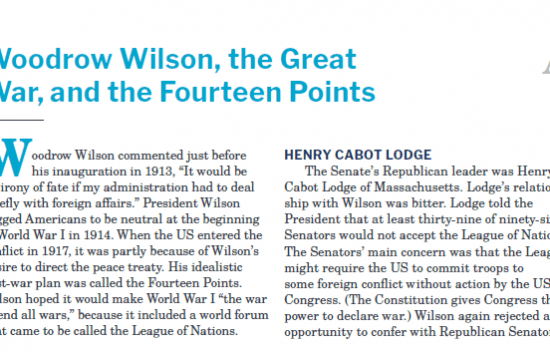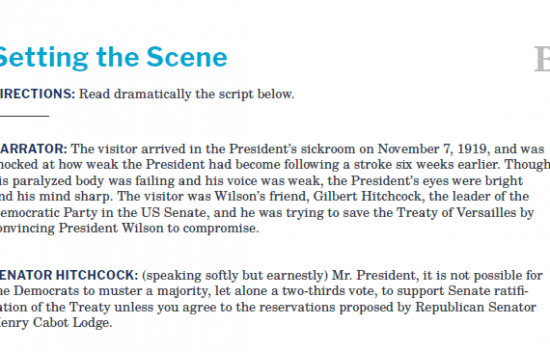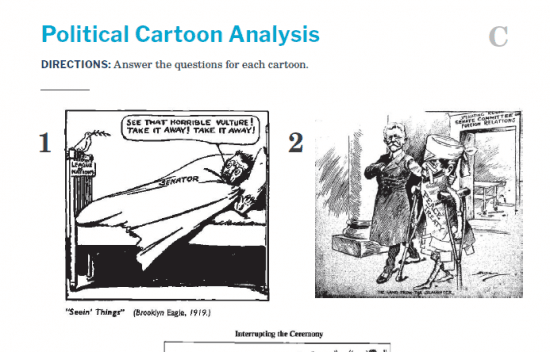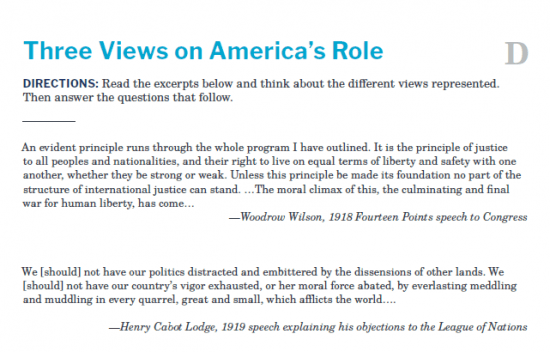



Government & Politics Unit 3 – Activities + Essays
46 items

Introduction to the Legislative Branch | Government & Politics: Civics for the American Experiment
Video
Video
5 Min
What makes the U.S. Congress the cornerstone of our democracy? Dive into the Constitution's Article I, where the framers designed the legislative branch to safeguard liberty while balancing power and passion. This video uncovers the structure of Congress as a bicameral legislature, composed of the House of Representatives and the Senate, each with distinct roles and responsibilities.
From shaping laws to tackling debates that influence your education, freedoms, and daily life, Congress is where reason meets passion. Learn how its design fosters deliberation, curbs oppression, and drives liberty in action.
This video ties into Unit 3 of the Bill of Rights Institute's Government and Politics: Civics for the American Experiment curriculum. Explore the role of the legislature, the constitutional responsibilities of the House and Senate, and the Supreme Court cases that define representation and redistricting.
5 Min
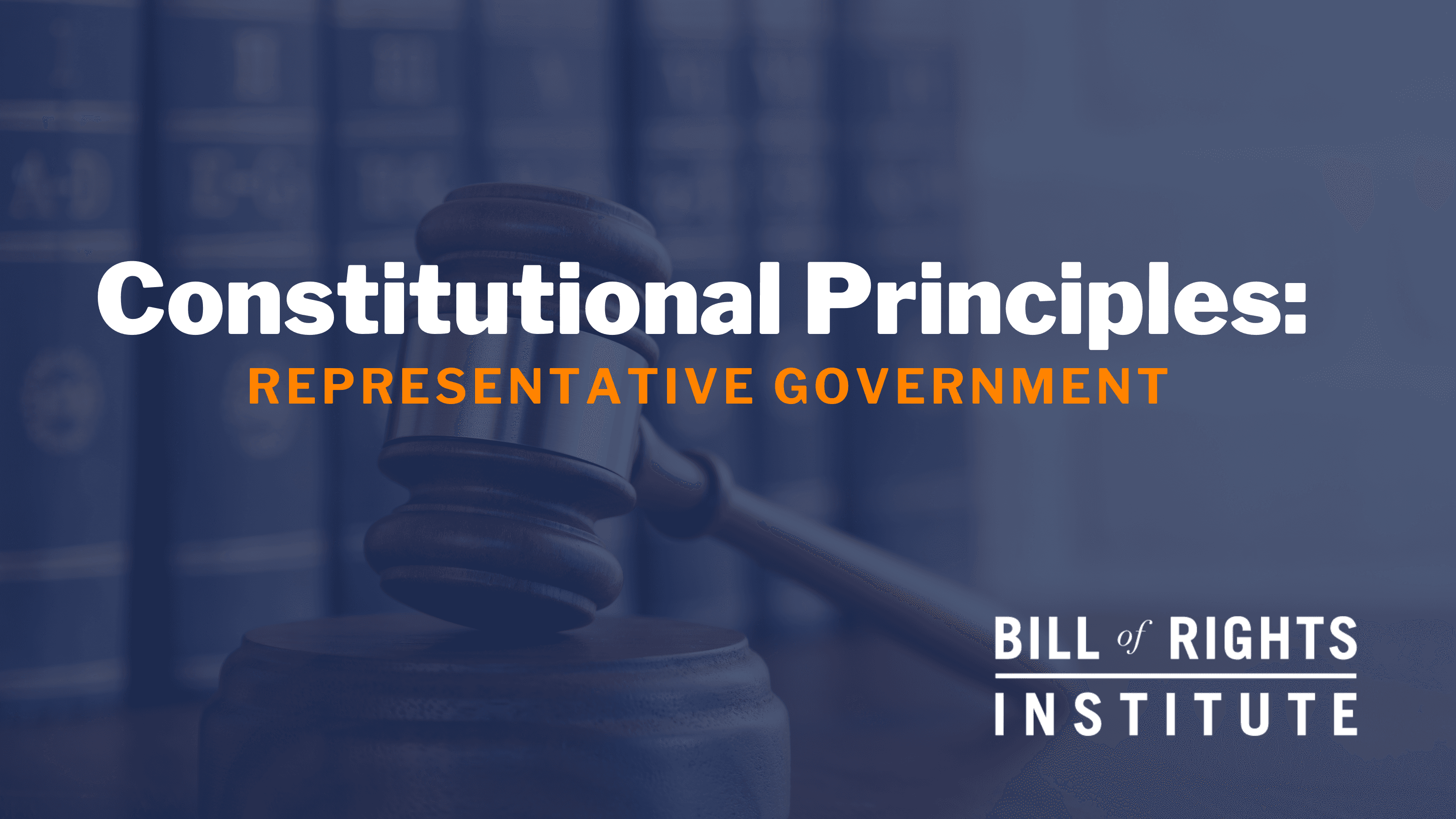
Constitutional Principles: Representative Government
Video
Video
5 Min
Do you understand the key differences between a Republic and a Democracy? The Bill of Rights Institute has created a short, engaging video for Constitution Day on the constitutional principle of representative government. Exciting visuals from current events, an engaging historical narrative, brief scholar interviews, familiar music, and memorable quotes will make this 5-minute video perfect for use on Constitution Day, and every day!
5 Min

Representation | Government & Politics: Civics for the American Experiment
Video
Video
5 Min
What makes the U.S. Congress the cornerstone of our democracy? The framers designed it to be the most powerful branch—closest to the people, representing their voices, and shaping the laws that govern our nation. But what does representation really mean, and why does it matter?
Learn about the structure of Congress, the differences between the House and Senate, and the models of representation that guide lawmakers. From debate and deliberation to consensus-building, discover how Congress ensures diverse perspectives are heard and why its design is essential to protecting liberty and self-government.
5 Min

Gerrymandering Primary Sources
Activity
Activity
Three primary sources that explore the concepts of gerrymandering and redistricting.
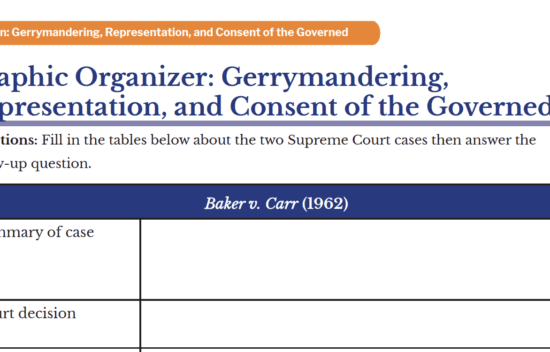
Graphic Organizer: Gerrymandering, Representation, and Consent of the Governed
Activity
Activity
Questions to help students see the representative government questions in Baker v. Carr (1962) and Shaw v. Reno (1993).
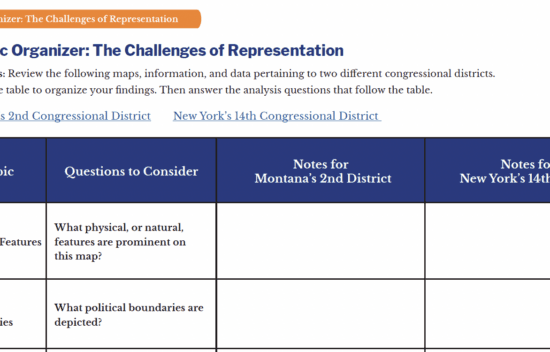
Graphic Organizer: The Challenges of Representation
Activity
Activity
What challenges are presented in a diverse representative system?
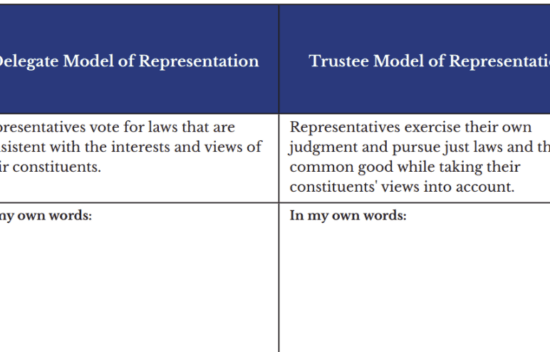
Delegate or Trustee Student Handout
Activity
Activity
How do Congressional Representatives act as both delegates and trustees and which is best?

Federalist 10
Primary Source - 3171 Words
Primary Source
3171 Words
Written by James Madison, this essay defended the form of republican government proposed by the Constitution. Critics of the Constitution argued that the proposed federal government was too large and would be unresponsive to the people.

Congress: Enumerated and Implied Powers
Essay - 798 Words
Essay
798 Words
What are the Constitutional duties of the U.S. Congress?

Article 1, U.S. Constitution
Activity
Activity
An annotated version of the U.S. Constitution with key terms defined.
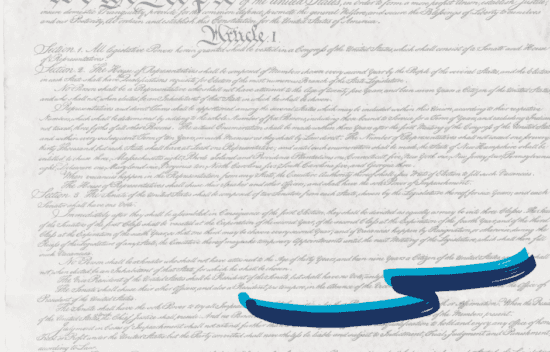
Congress’ Enumerated and Implied Powers
Activity
Activity
A student handout out that defines the terms enumerated and implied powers and provides details on the powers themselves.

Representation Graphic Organizer
Activity
Activity
Help students understand the different ways they are represented starting with the small “Me” circle and work down to the “National” circle.
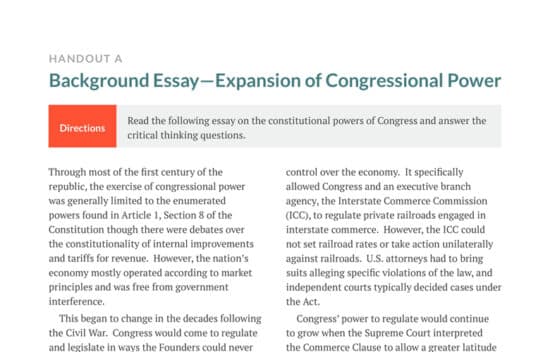
Handout A: Background Essay – The Commerce Clause and the Expanding Powers of Congress
Activity
Activity

Handout D: The Powers of the Articles of Confederation and the U.S. Constitution Venn Diagram
Activity
Activity

The House of Representatives | Government & Politics: Civics for the American Experiment
Video
Video
4 Min
What makes the U.S. Congress the cornerstone of our democracy? The framers designed the legislative branch to be the most powerful—closest to the people, representing their voices, and shaping the laws that govern our nation. But how does the House of Representatives fulfill this role, and why does it matter?
Explore the structure of the House, the differences between the House and Senate, and the unique powers that set it apart. From drafting legislation and overseeing the executive branch to ensuring representation through frequent elections, discover how the House reflects the will of the people and upholds the principles of self-government.
4 Min

The Senate | Government & Politics: Civics for the American Experiment
Video
Video
3 Min
What makes the U.S. Senate a cornerstone of American democracy? Designed as a deliberative body, the Senate ensures stability, represents state interests, and upholds the principles of federalism. But how does it fulfill these crucial roles, and why does it matter?
Explore the unique structure of the Senate, its differences from the House of Representatives, and the exclusive powers that set it apart. From confirming federal nominations and ratifying treaties to serving as the jury in impeachment trials, discover how the Senate balances representation and governance—giving every state an equal voice in shaping our nation’s future.
3 Min

Federalist 55
Activity
Activity
An annotated version of Federalist 55 with key terms defined and comprehension questions.

Federalist 62
Activity
Activity
An annotated version of Federalist 62 with key terms defined and comprehension questions.

Resume Example
Activity
Activity
A fictitous resume of James Madison that illustrates how Congressional resumes work today.

Resume Template
Activity
Activity
A sample resume students can use to create a Congressional-ready resume.
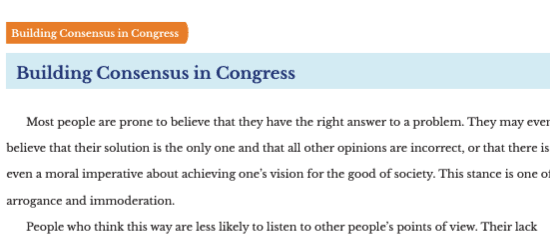
Building Consensus in Congress
Essay - 887 Words
Essay
887 Words
What is meant by consensus building and why is important in a pluralistic society?

Rules and Procedures of Congress | Government & Politics: Civics for the American Experiment
Video
Video
3 Min
From committees and procedures to filibusters and cloture votes, Congress relies on a complex system of rules to manage debate, encourage compromise, and shape how laws are made. But how do these rules work in practice—and why do they matter?
Explore how the House and Senate organize themselves, the different paths a bill can take, and why most legislation never becomes law. Discover how congressional rules have evolved over time, and how they balance the need for deliberation with the urgency of action in a representative democracy.
3 Min
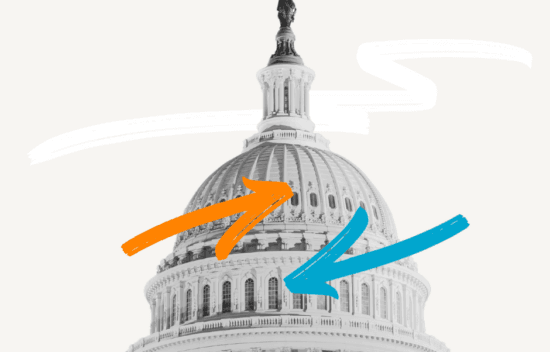
Congressional Consensus Building
Activity
Activity
A detailed explanation of the steps a bill must take to become a law under the U.S. Constitution.
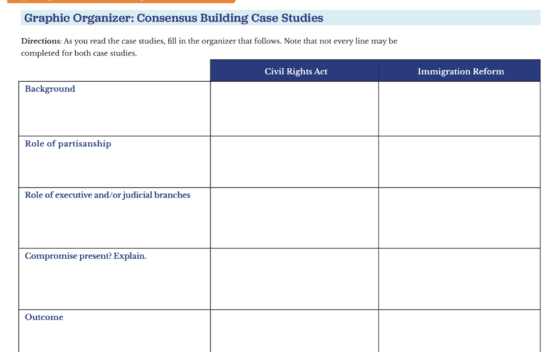
Graphic Organizer Consensus Building Case Studies
Activity
Activity
A graphic organizer to help students explore the Civil Rights Act and Immigration Reform legislation as they seek to understand the process of legislative consent building.
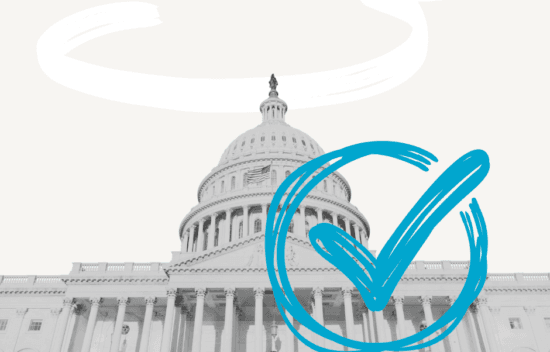
The Process of Legislating
Activity
Activity
Student Handouts that detail the steps that must occur for a bill to become a law under the U.S. Constitution.
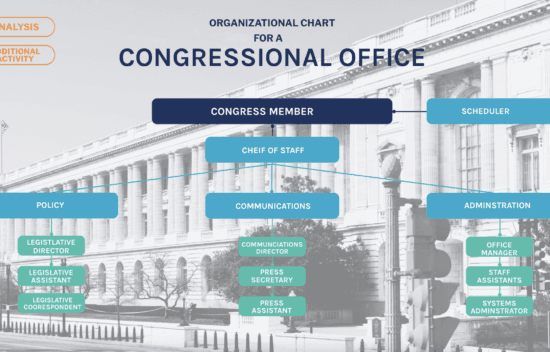
Organization Chart for a Congressional Office
Activity
Activity
A visual representation that details the various positions in a Congressional office.

Case Studies: Checks and Balances
Activity
Activity
What checks and balances exist to ensure one branch of the federal government does not act without restraint? Explore the Watergate case, the power to declare war, and the Commerce Clause as examples that illustrate this principle.
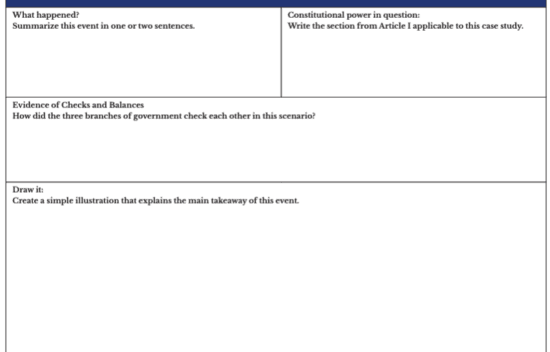
Graphic Organizer Checks and Balances Case Studies
Activity
Activity
How have the interactions among the three branches of government changed over time?
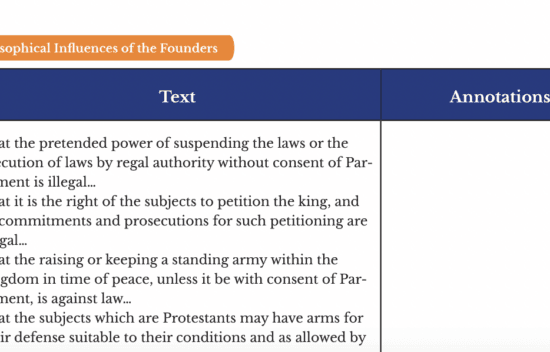
Primary Sources: John Locke and Baron de Montesquieu
Activity
Activity
Excerpts of John Locke's "Two Treatises on Government" and Baron de Montesquieu's "On the Spirit of the Laws " and Comprehension Questions.













